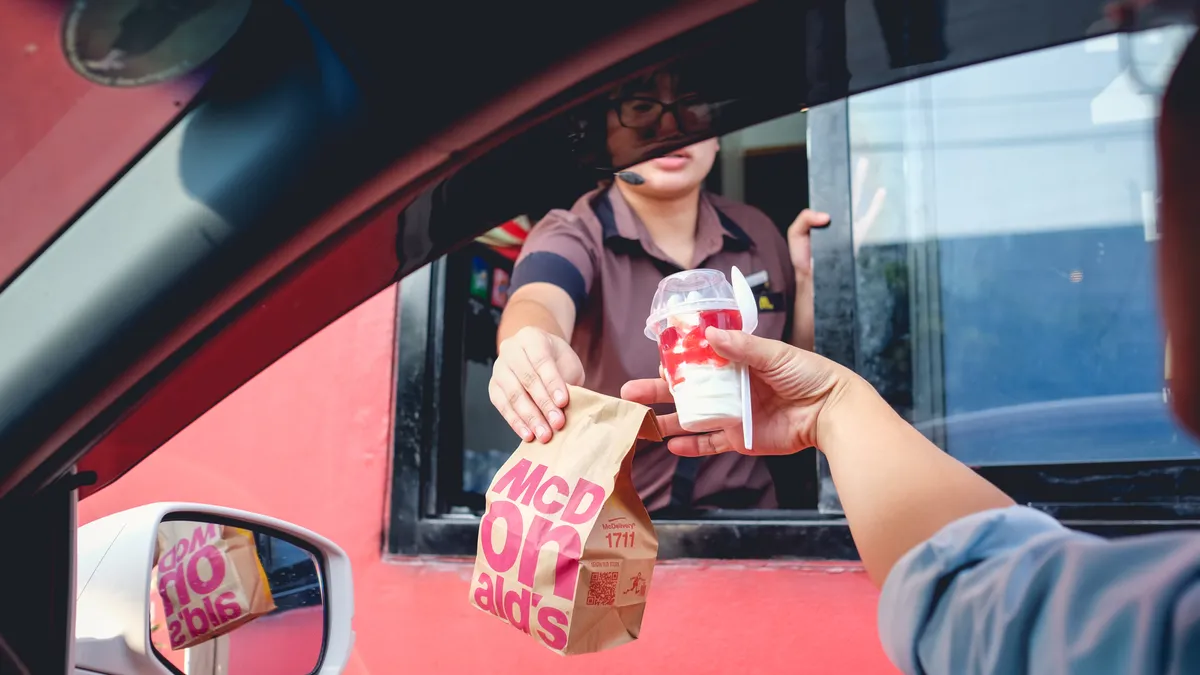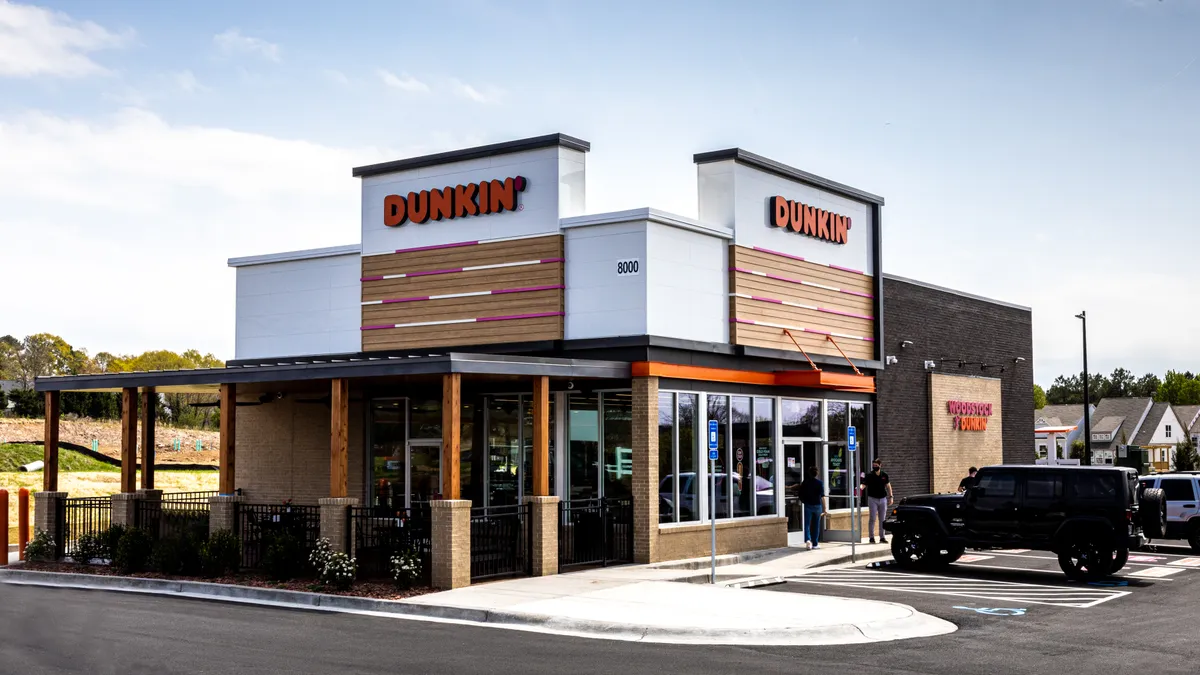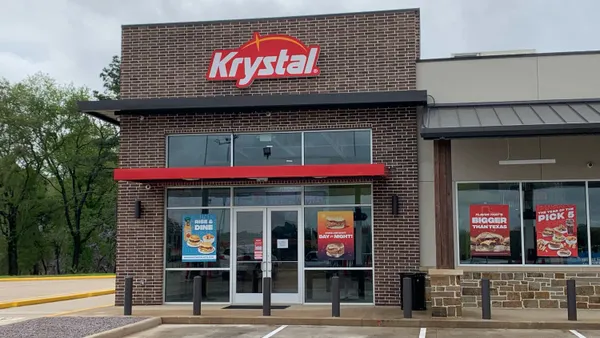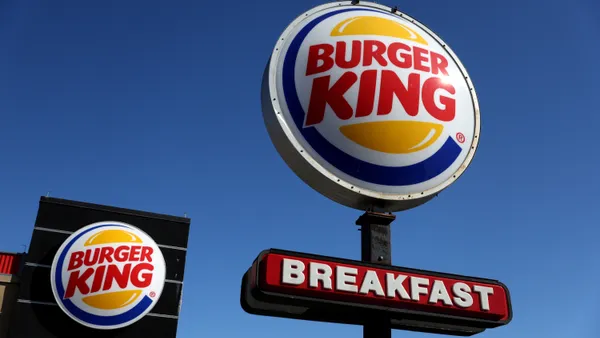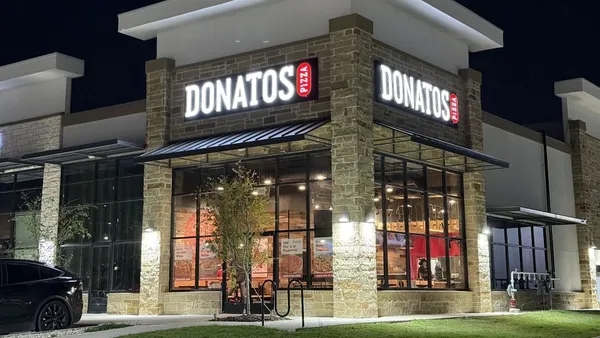The restaurant industry is entering 2025 with its fair share of challenges and opportunities. High inflation, fluctuating consumer spending and evolving state mandates shaped a complex 2024, with operators struggling to balance rising costs and guest expectations. Despite these hurdles, the industry remains resilient, thanks to its ability to adapt and deliver unparalleled dining experiences.
Here are the key insights from the 2025 State of the Restaurant Industry Report, shedding light on trends, challenges and strategies to thrive in the year ahead.
Rising costs: Food and labor
The dual pressures of rising food and labor costs remain the most significant challenges for restaurant operators:
- Labor costs: In 2024, 88% of surveyed operators reported increased labor costs, with 79% expecting further increases in 2025. Strategies to address these costs include data-driven scheduling, cross-training staff and automating payroll systems.
- Food costs: A staggering 87% of respondents saw food costs rise last year. In 2025, 82% expect further increases, prompting many to adjust menus, negotiate supplier agreements and track inventory more closely to mitigate impacts.
These trends highlight the need for innovative cost management. For instance, extending breakfast hours or offering brunch menus can maximize ingredient use, while rotating specials keep menus exciting and cost-effective.
Staffing: A persistent hurdle
Staffing challenges topped the list of operator concerns, with 32% identifying it as their primary issue in 2024. Retention strategies like competitive pay, performance bonuses and fostering a positive work culture are becoming essential. As the industry grapples with high turnover rates—ranging from 11% to over 75%—clear career growth paths and robust training programs are proving invaluable.
Key takeaways on employee development:
- Training: 45% of operators use shoulder-to-shoulder training, while 21% rely on digital solutions for flexibility.
- Cross-training: Over 50% of restaurants now cross-train employees, enhancing operational efficiency and staff adaptability.
Consumer behavior: Adapting to new preferences
Inflation has made dining out more selective, but consumers still value the experience. Operators reported shifts in guest behavior, including:
- Fewer dine-in visits (35%).
- Increased takeout and delivery orders (34%).
- Higher demand for healthier menu options (23%).
These trends suggest opportunities for restaurants to refine their offerings. Leveraging third-party delivery platforms or promoting direct ordering can help capture the growing demand for takeout, while expanding menus with health-conscious and eco-friendly options caters to evolving preferences.
Sustainability and technology: Investments for growth
Sustainability continues to gain momentum, with 65% of operators adopting green practices like tracking food waste and using eco-friendly packaging. Meanwhile, technology investments are driving efficiency and enhancing the guest experience. Popular tech priorities include:
- Marketing tools: Loyalty programs and targeted promotions are top focuses for 36% of respondents.
- Automation: From kiosks to robotics, 7% of operators are leveraging automation to streamline operations.
- Operational tech: Upgrades to POS systems and back-office tools are a priority for 17% of restaurants.
Diversifying revenue streams
In response to rising costs, restaurants are exploring alternative income sources:
- Catering services (27%).
- Special events and promotions (22%).
- Branded merchandise and pantry sales (9%).
These initiatives not only provide financial relief but also strengthen customer loyalty by offering unique ways to engage with the brand.
Looking ahead: priorities for 2025
As restaurants prepare for 2025, their focus is clear:
- Sales growth: 55% of respondents are prioritizing strategies to increase revenue.
- Efficiency: Cutting costs and improving operations are key for 17% of operators.
- Guest experience: 17% are enhancing customer satisfaction through menu innovation and improved service.
- Employee satisfaction: Investing in staff well-being remains a priority, with 15% emphasizing benefits and work-life balance.
Conclusion
The restaurant industry’s resilience is a testament to its adaptability and determination. By embracing cost-saving measures, leveraging technology and prioritizing staff and guest satisfaction, operators are well-positioned to navigate the challenges of 2025. With the right strategies, the industry’s future remains bright, offering countless opportunities for growth and innovation.




